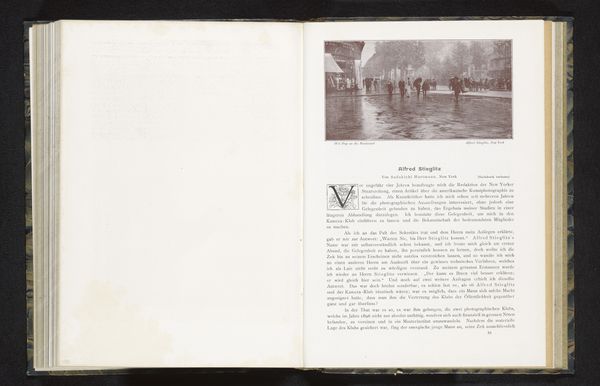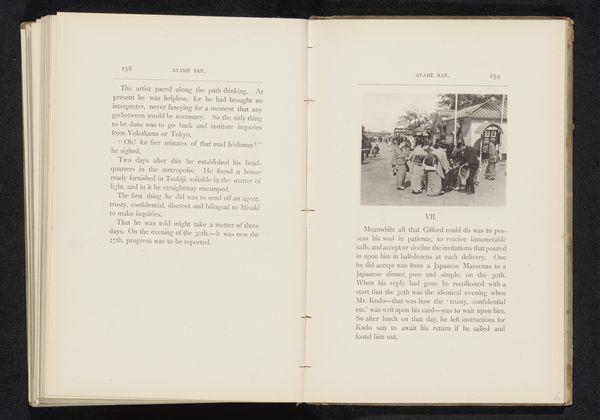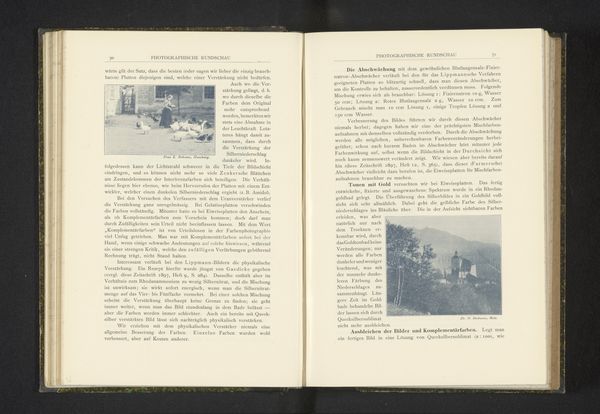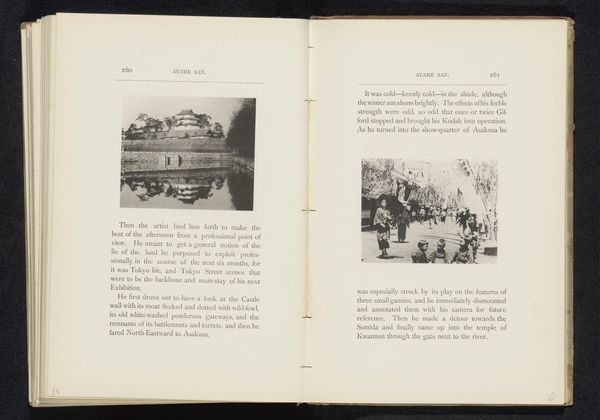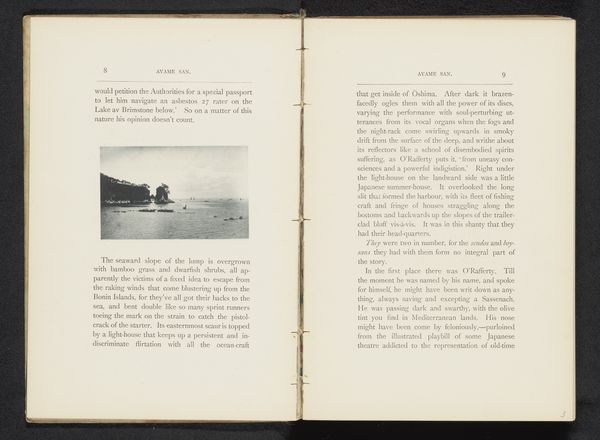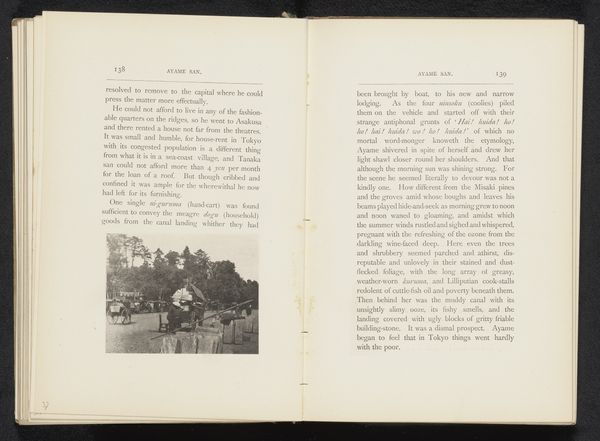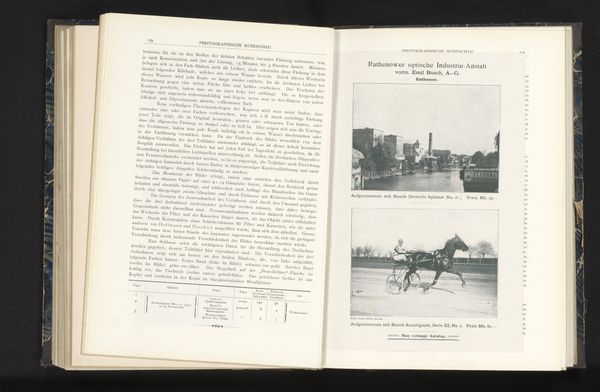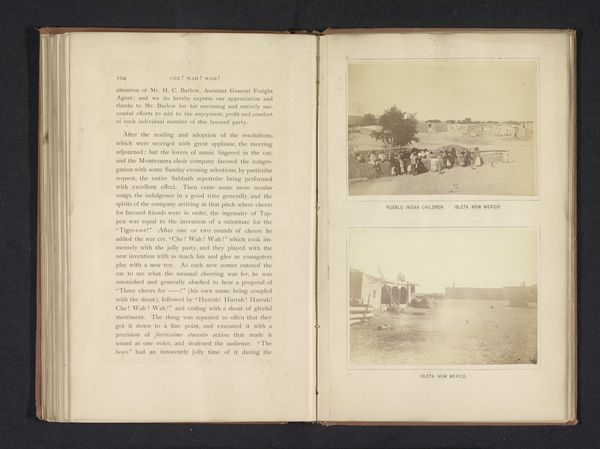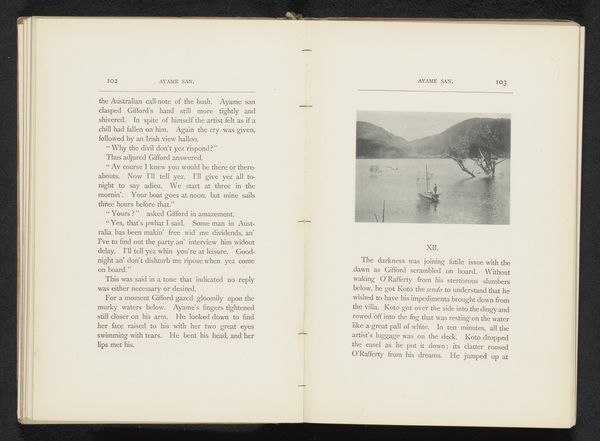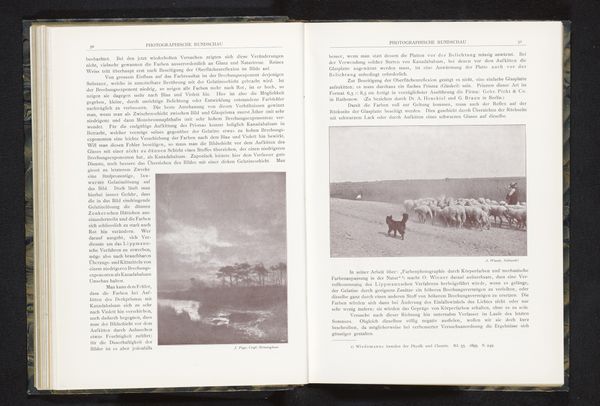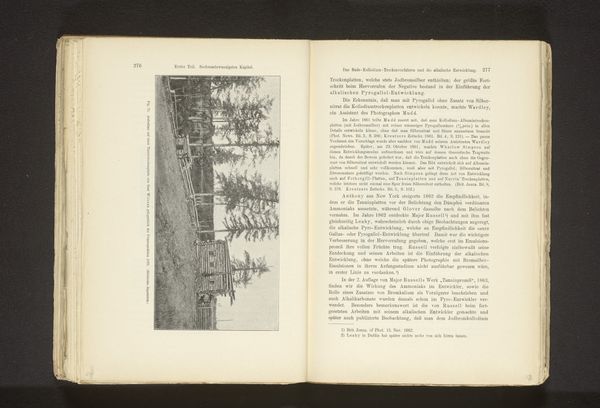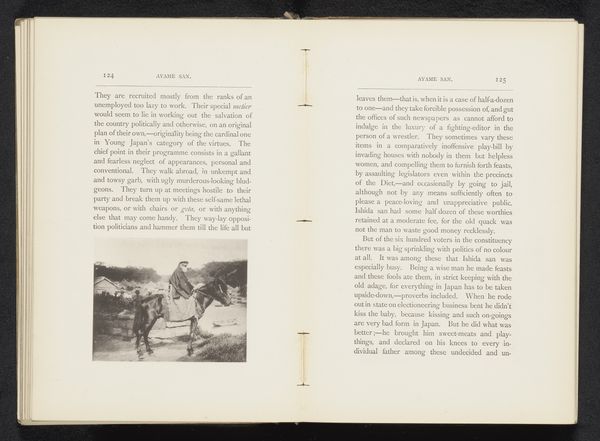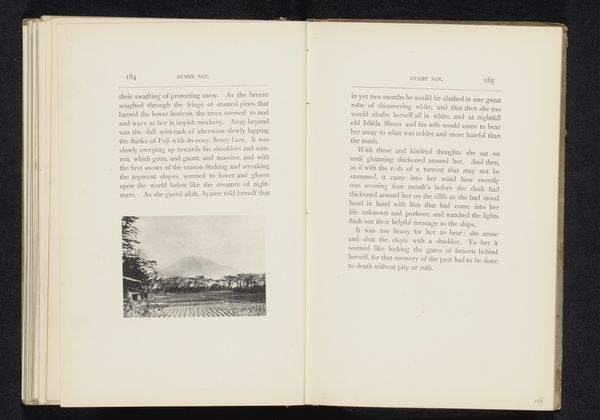
print, photography, gelatin-silver-print
# print
#
landscape
#
photography
#
gelatin-silver-print
Dimensions: height 63 mm, width 85 mm
Copyright: Rijks Museum: Open Domain
Editor: Here we have William Kinnimond Burton's "Zwemmende kinderen in een haven," made before 1892. It’s a gelatin silver print depicting children swimming in what seems to be a harbor. The monochrome tones create a sort of hazy, nostalgic mood. What jumps out at you about this photograph? Curator: What immediately interests me is the materiality of the gelatin silver print itself. Photography in the late 19th century was rapidly evolving, and the gelatin silver process offered a new level of sharpness and detail. Consider how Burton chose this specific medium to capture these children – what aspects of modern, industrial image-making attracted him? Was it simply about pictorial clarity or perhaps the emerging power of photography to document everyday life? Editor: That's a perspective I hadn’t considered. I was mainly looking at the composition and the subjects. Curator: But those elements aren't separate! By focusing on the materiality, we're not just thinking about technique; we're thinking about labor, and how new industrial materials become part of not only art-making, but social and historical commentary. How did this process transform Burton’s role, and ultimately, influence our engagement with the scene? Editor: So, it’s about more than just *what* he photographed, but *how* and *why* he used this particular method? Curator: Precisely. The gelatin silver print allowed for mass reproduction, blurring the lines between fine art and popular culture. The artist is choosing this method deliberately. Editor: That makes me consider the image in a completely different light. I need to explore the implications of material choice much further. Curator: And hopefully think more about how art participates in the construction of meaning through materials, methods and dissemination within society.
Comments
No comments
Be the first to comment and join the conversation on the ultimate creative platform.
